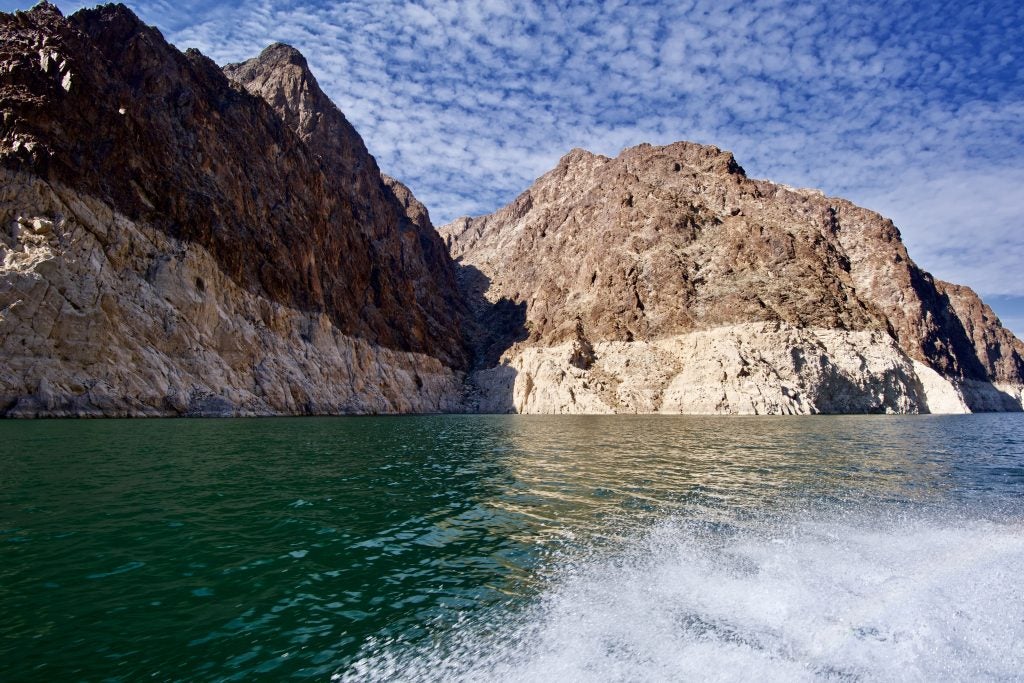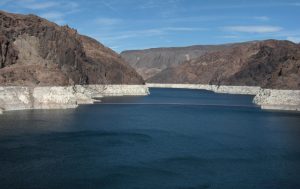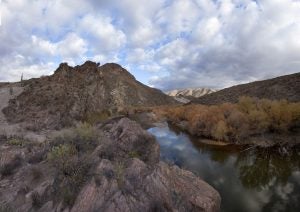Arizona just got another temporary reprieve from water cuts in Lake Mead, for the second year in a row. However, sustainable water management — of both the Colorado River and groundwater — remains crucial for communities in the Southwest to become resilient to increasingly arid conditions.
A new, closely watched 24-month study of water levels on Lake Mead, the country’s largest reservoir, means Arizona has managed to avoid substantial water cuts next year. On Thursday, the U.S. Bureau of Reclamation predicted Lake Mead’s elevation will be 1,089.4 feet on Jan. 1, thanks to an unusually wet winter and seven states reaching a historic agreement on how to conserve Colorado River water. Read More












 Last week, Arizona Governor Doug Ducey illustrated strong and consistent leadership in addressing Arizona’s pressing water supply needs with two significant announcements.
Last week, Arizona Governor Doug Ducey illustrated strong and consistent leadership in addressing Arizona’s pressing water supply needs with two significant announcements.